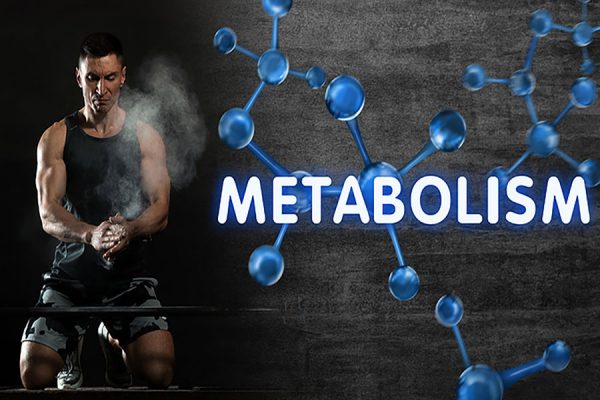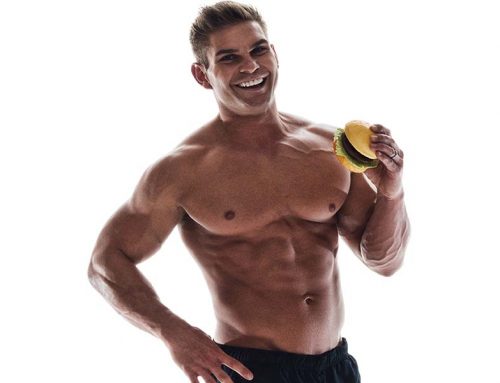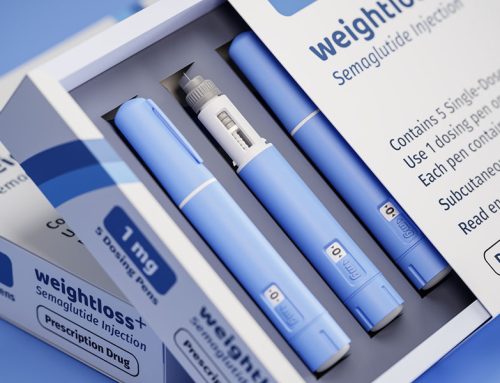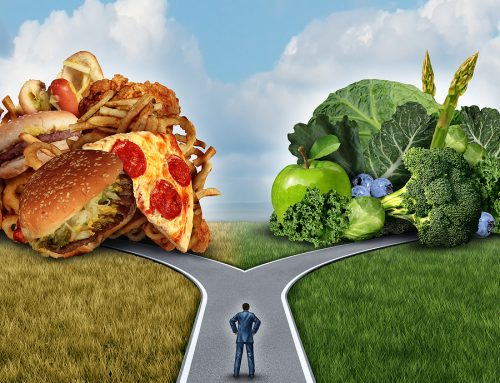Our Burn the Fat Facebook fan page (www.facebook.com/burnthefat) is where I spend the most time on social media (I don’t tweet consistently and have never visited Tik Tok even once. I’m trying to Instagram more). It’s not uncommon for a post on that Facebook page to get 1000 likes, 100 shares or 100 comments. Recently I posted a metabolism quiz where I asked five questions and there were over 100 responses. Only six people got the answers correct. That is, all five of the statements about metabolism were false.
Think about that! Fully 94% of visitors to that page, and these are generally well-informed people, most of which have read the latest edition of my Burn the Fat book, believed in all five of the most common metabolism myths. I was so surprised, and since social media posts have a short life, I wanted to put these metabolism myths in writing in an article and capture them for posterity by adding them here on the Burn the Fat Blog.
I’ve kept this post very brief so you can skim it in a few minutes, and if you want to learn more about any of these myths, visit the links you see below.

1. Your metabolism will go into “starvation mode” and you’ll stop burning fat if you eat too little.
Metabolic adaptation (adaptive thermogenesis) is a real phenomenon, but it means that after restricting calories and losing weight, you burn slightly less than you’d predict, so you lose a little slower than the calorie math indicated on paper. This does not stop fat loss completely. It’s ridiculous to suggest that eating too little makes you stop losing fat. In that sense starvation mode is pure myth. Look up starvation in Somalia, prisoners of war and the Minnesota starvation experiment to see what really happens when you eat too little.
Learn more: www.burnthefatinnercircle.com/public/metabolic-adaptation-science.cfm
2. Eating meals more frequently (for example, 6 smaller meals instead of 3 larger ones) speeds up your metabolism.
Increasing meal frequency does not increase metabolic rate. There is a thermic effect of feeding, which means it requires energy to digest food, but whether you have 3 larger thermic effects or 6 smaller thermic effects, when the calories and macros are the same, there’s no difference in metabolic rate. It is advantageous however, to eat protein often. Eating protein 4 or 5 times a day helps to optimize muscle gains.
Learn more: www.burnthefatinnercircle.com/public/Number_of_Meals_and_Metabolic_Rate.cfm
3. Your metabolism automatically starts to slow down in your 40s and 50s as a result of aging
Metabolism may begin to slow down at age 50, 40 or even in your 30s, but it’s due to a decrease in physical activity and or a loss in muscle due to not resistance training. A recent landmark study showed that metabolism doesn’t slow down from chronological aging until age 60.
Learn More: www.burnthefatinnercircle.com/public/metabolism-and-aging.cfm
4. Each pound of muscle you build burns (increases resting metabolic rate) 50 more calories per day.
A pound of muscle does burn more calories than a pound of fat, but its only 6 to 10 calories, no where near 50. Naturally, building muscle is a great thing with many benefits including health and strength, but you’d have to gain a whole lot of muscle to increase your resting metabolic rate substantially.
Learn more: www.burnthefatinnercircle.com/public/How-Many-Calories-Does-A-Pound-Of-Muscle-Burn.cfm
5. Extreme diets leading to massive weight loss can permanently damage your metabolism, causing weight regain and making it harder to lose weight in the future.
Extreme diets and massive weight loss can lead to metabolic adaptation and a variety negative effects associated with low energy availability, including a negative impact on hormones. However “metabolic damage” is not a scientific term. Negative effects can sometimes linger for a few months (or even longer when it comes to women’s menstrual cycles), but are not permanent and are not the reason for weight regain. The metabolic adaptations and negative effects cease and return to normal when the diet ends and weight stabilizes.
Learn more: www.burnthefatinnercircle.com/public/metabolic-adaptation-science.cfm
Did you still believe in any myths? Now you know.
Train hard and expect success!
Tom Venuto,
Author, Burn the Fat Guide to Flexible Meal Planning For Fat Loss
Founder, Burn the Fat Inner Circle
PS. Not an Inner Circle member yet? Join us today! Click here to join thousands of fellow burners
PPS. Got the newest e-book in the Burn the Fat series? If not, grab your copy here: Burn the Fat Guide to Flexible Meal Planning For Fat Loss

Tom Venuto has been a trusted natural bodybuilding and fat loss expert since 1989. He is also a recipe creator specializing in fat-burning, muscle-building cooking. Tom is a former competitive bodybuilder and today works as a full-time fitness coach, writer, blogger, and author. In his spare time, he is an avid outdoor enthusiast and backpacker. His book, Burn The Fat, Feed The Muscle is an international bestseller, first as an ebook and now as a hardcover and audiobook. The Body Fat Solution, Tom’s book about emotional eating and long-term weight maintenance, was an Oprah Magazine and Men’s Fitness Magazine pick. Tom is also the founder of Burn The Fat Inner Circle – a fitness support community with over 52,000 members worldwide since 2006. Click here for membership details






I was particularly excited by #3 … until I got to the last sentence (having hit that age 6 years ago ….). Excellent post!
Fortunately at age 60 and beyond you can still minimize muscle loss (sarcopenia) and subsequent drop in metabolism if you consistently keep up with progressive resistance training. After age 60 if you dont do resistance training, it can go downhill fast. lifting is like the fountain of youth.